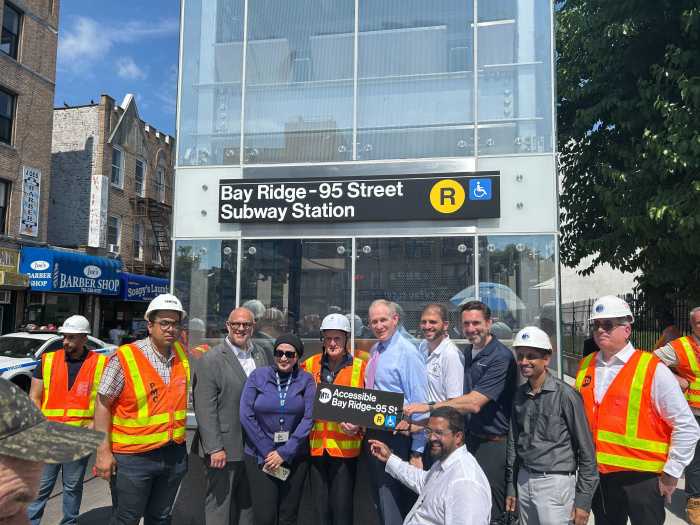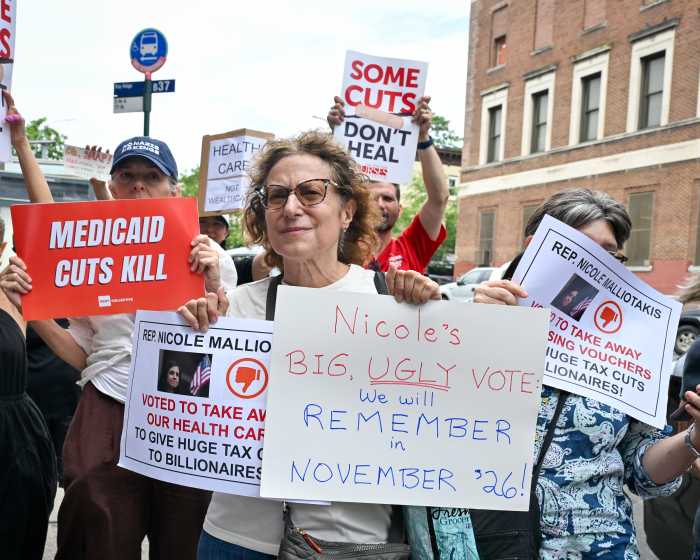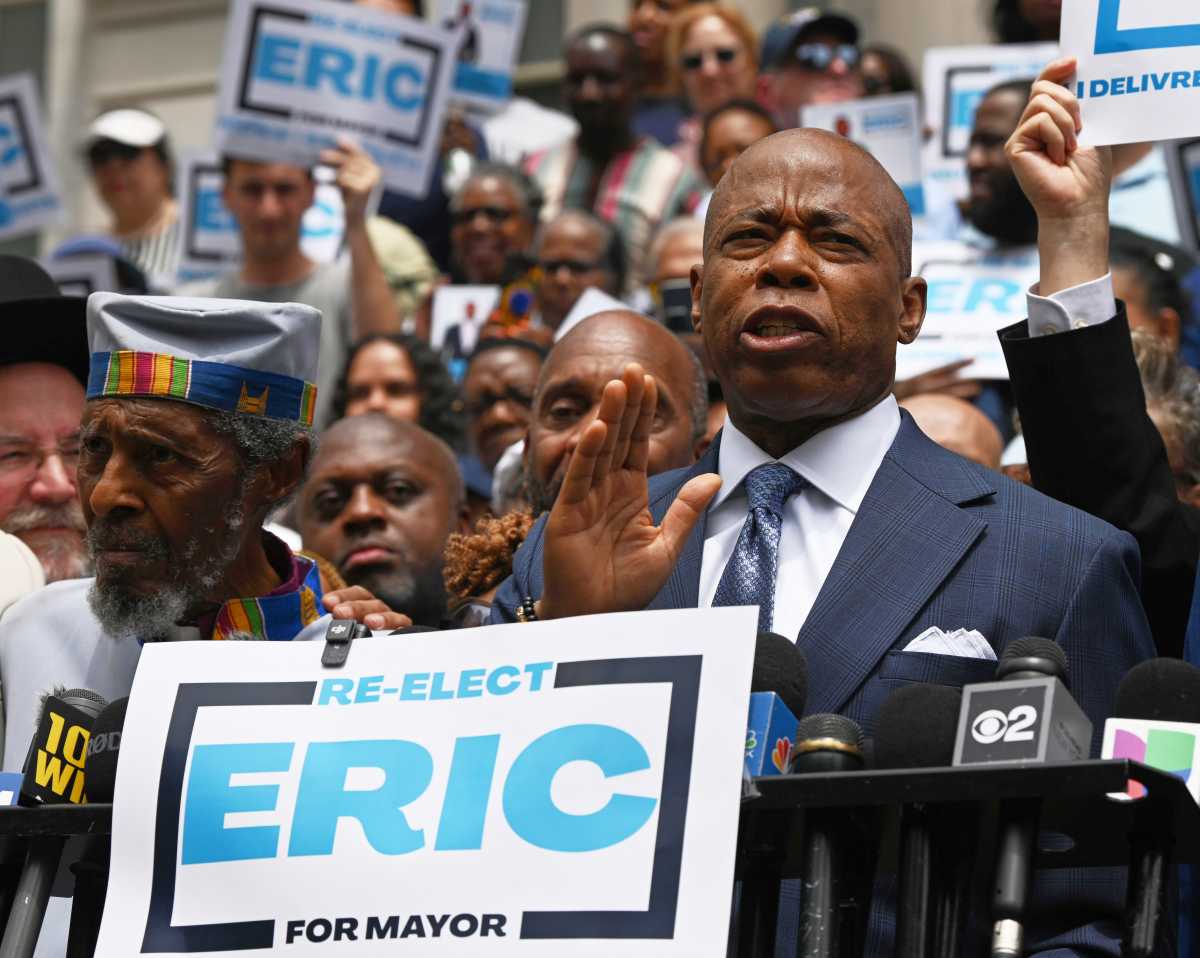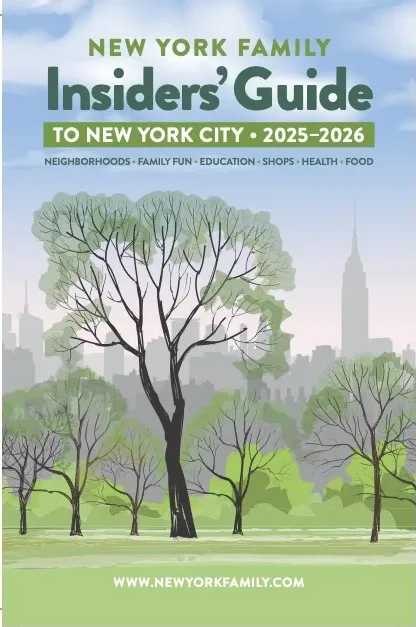Support for a plan by Ikea to build a big-box store on the Red Hook waterfront
has been based largely on one factor — much-needed jobs for residents
of the neighborhood’s public housing projects, where estimates have
put the unemployment rate at near 20 percent.
With Ikea promising to bring 600 jobs with their new store, many have
asked the Swedish home furnishings giant to put in writing a guarantee
that a certain percentage of those jobs will go to Red Hook residents.
Ikea says it has a company-wide employee turnover rate of 40 percent,
“If the folks in public housing don’t get a certain number of
jobs out of this, I think Red Hook is being duped and being taken advantage
of,” said Lou Sones, a longtime Red Hook activist and leading opponent
of the store coming to the waterfront neighborhood.
The answer from Ikea officials has for months been that federal law bars
them from forging such an agreement. Ikea spokesman Patrick Smith repeatedly
told The Brooklyn Papers — and an Ikea official stated at a public
meeting — that federal hiring guidelines would not allow such preferential
treatment based on geography. Smith was never able to cite the law.
That’s because there is no such law, Ikea’s land use attorney,
Jesse Masyr, told The Papers.
Federal anti-discrimination laws do not directly prohibit Ikea from guaranteeing
jobs to a particular ZIP code, but the company will not sign a document
agreeing to hire a percentage of local residents because, Masyr said,
there is no way to enforce it.
“The ultimate act of cynicism in this project would be for me to
sign this guarantee,” Masyr said.
But according to Steve Landis, a labor and employment attorney with the
firm of Shebitz, Berman and Cohen, enforcement mechanisms could easily
be written into such an agreement.
“They don’t want to promise anything because they don’t
want to comply with it,” said Landis, who lives in Cobble Hill. “Why
are they afraid of putting enforcement mechanisms in the agreement when
they have made those promises for such a long time?”
“They’re flip-flopping based on what’s convenient at the
moment,” said Sones. “I think the people in public housing have
been used as a pawn for Ikea to get this piece of real estate.”
Landis accused Ikea of “making empty promises” to garner local
support for the store. He further questioned whether company officials
had any credibility left.
“What assurances do we have that Ikea will abide by any of its promises
when they have made false assertions by previously claiming that federal
law prevented them from it?” Landis wondered.
Ikea pans to build a 346,000-square-foot store at the former New York
Shipyard site between Dwight and Columbia streets along the Erie Basin.
The plan, endorsed by Community Board 6, Councilwoman Sara Gonzalez and
Borough President Marty Markowitz, also includes more than 70,000 square
feet of additional retail and restaurant space along the waterfront.
The proposal has been tearing at the seams of an already socially and
economically divided community, splitting the neighborhood into two camps
— those concerned about jobs and those who fear Ikea traffic will
overrun the relatively quiet neighborhood and who believe that better
uses could be found for the valuable waterfront property.
Ikea officials have promised to accept job applications from residents
in the 11231 ZIP code, which includes Red Hook and Carroll Gardens, two
weeks before they accept any other applications. According to Smith, all
those applications will be considered before any others.
The company has also committed to advance job training in the community
and will open a job-training center one year before opening a store in
the area, company officials have said.
But Red Hook proponents of the plan, primarily residents of the Red Hook
Houses East and West public housing developments, have shied away from
asking Ikea to put those guarantees in writing.
“All we have to do is let them know what we want, and we’ll
get it,” said Dorothy Shields, president of the Red Hook Houses East
Tenants Association.
Roughly 75 percent of the neighborhood lives in the public housing projects,
which are home to more than 6,500 residents.
“I have faith and confidence in the people at Ikea. I don’t
need it in writing,” said Shields.
Even Councilwoman Gonzalez, who endorsed the project along with three
pages of conditions, isn’t pushing for a written contract.
“I don’t think she is,” said Lois Marbach, a spokeswoman
for Gonzalez, when asked if the councilwoman was concerned about the lack
of a written agreement.
Community benefits agreements — legally binding documents between
a developer and a community organization — are used to insure that
communities gain from large commercial developments thrust in their backyards.
The idea was pioneered in Los Angeles where residents and unions joined
forces to demand benefits from the $1 billion Staples Center sports and
entertainment arena.
That agreement established that at least half of the complex’s employees
would come from the surrounding neighborhood.
Bettina Damiani, project director for Good Jobs New York, a government
and corporate accountability organization, says she is keeping an eye
on what happens with Ikea.
“Considering the type of economic development happening throughout
Brooklyn, public officials are going to need to establish how these projects
are benefiting Brooklynites — they need to be able to measure the
benefits and make corporations accountable and community benefits agreements
are one way to do that,” said Damiani.
Proponents of the plan have discussed the idea of asking Ikea to sign
an agreement but have ultimately backed off, said one of those proponents,
Ray Hall, a founder of the Red Hook Rise youth organization.
“A lot of companies came in and we didn’t make them sign any
agreements,” said Hall. “I don’t think it’s fair.
Ikea is going to do their part, I have no doubt in my mind.”
In its efforts to win the hearts and minds of Red Hook residents, Ikea
has, over the past year, pumped money into Red Hook Rise, financed part
of a senior center renovation in the Red Hook Houses and, just recently,
the furniture company sponsored a trip to Coney Island for 100 kids.
“They’re bringing opportunity and you got to seize opportunity
when it comes towards you,” said Hall.
Opponents of the plan maintain that without a community benefits agreement,
the promise of job applications can be misrepresented as job guarantees
in order to foist upon Red Hook a business that many other neighborhoods
around the country have fought to keep out.
Said Sones, “If the promise of jobs is not there for the local community
then were getting all of the negatives and none of the positives.”






















